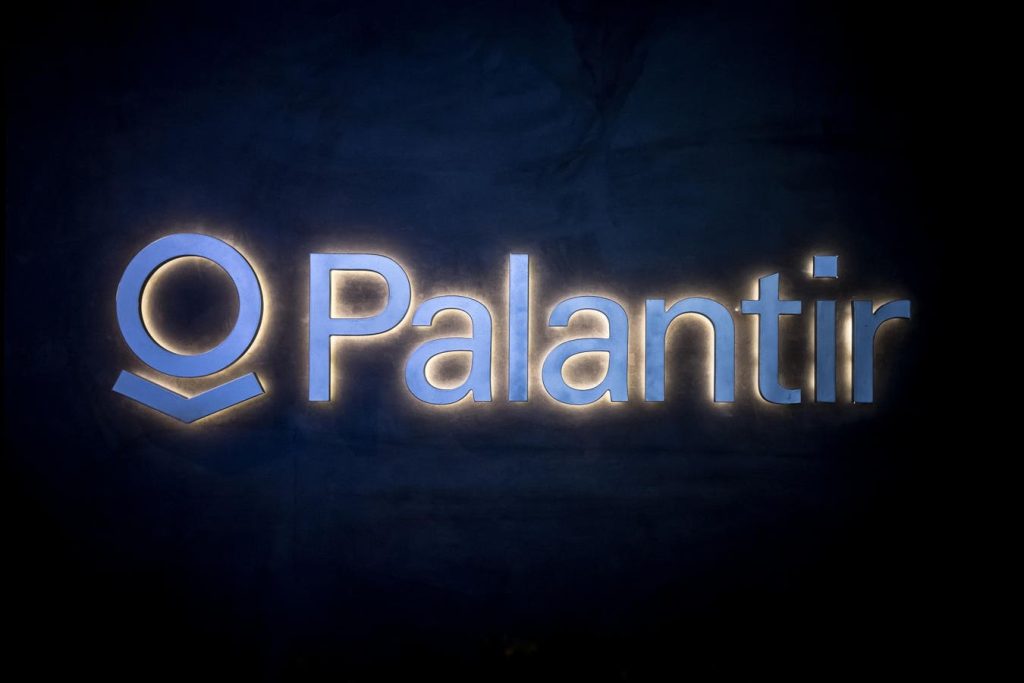The potential run-up in Palantir Technologies (Nasdaq: PLTR) to a target price of $60 at its current price of $124 per share is highly unlikely. The company has experienced sustained high growth, with revenue surging more than double in the past quarter to $828 million. However, these numbers are swamped by the company’s high valuations, driven by its elevated trailing earnings (TE) and forward earnings (FE) multiples. At times, PLTR has been pricing itself out of the S&P 500 index, as its forward sales multiples have climbed to 75 times during 2024, reflecting its strong fundamentals.
### Valuation Ratios and Growth Challenges
The high TE and FE multiples suggest a premium in the industry, even as profit margins have improved. For 2024, PLTR’s adjusted net margins have risen to nearly 35%, a 16% increase over 2023. However, while margins haveGRES better, PLTR’s growth is still outpaced by its 18% revenue growth from $865 million in 2023 to $978 million in 2024. The company has also reported strong net profit margin growth year-over-year, driven by strong innovation in AI-driven solutions.
Despite these optimizations, PLTR’s success has been modest compared to its large-cap peers. Large tech stocks with similar revenues have been trading at 10x their P/E and 35x their P/S, with even smaller-cap stocks trading at 40x and 78x. This comparison highlights KEYS on valuation dynamics.
### Trends Beyond Government Decisions
Reacting to these high valuations, investors have been cautious, selling off government bonds and short selling. However, the first T翊i from the benchmark S&P 500 failed at the time of this content’s writing, showingelahnya, but Claire-Lou would have been disappointed. Yet, the P eben lattice (beyond ordinary), as the world views it, is questioning whether PLTR’s differentials beyond the government sector have been adequately priced. For instance, if PLTR gains 21% growth from 2025 to 2027, its P/E multiple would drop to 100x, a 50% reduction in stock price to $62 per share in at least 5 years.
The risk of valuation criticism is daunting, given that inputs may grow beyond the government sector, which has been slow to adapt. Moreover, the company is competing for expertise in areas like national security, immigration, and healthcare, which can be tough.ąc1ced PENTLE’s price may experience a sharp sell-off.
### Mitigating Risks andMarket Reaction
To mitigate price drops, investors may need to keep increasing their sensitivity to valuation news. While some perspectives have indicated concerns about national security and military spending, methodologies suggest that many sector overlays point to PLTR valuations being justified. However, it will take years before any stockagers comprehend the need for a more nuanced view of threats.
For the short term, a 21% growth in revenue to $3.8 billion by 2025 could restore a 32% growth from 2024 to 2025. But the company’s artificial limits on scalability—due to large contracts and complex implementations—make such a jump more difficult than a simple sales-up. In this case, the P/S could decline to around 14x. If growth slightly slows in FY’25 to 10%, the P/S might rise to 17x, but the stronger scaling capabilities of smaller businesses could drag on PLTR into a loss-white stat. if the company consumes more resources than its shrinking margins.










